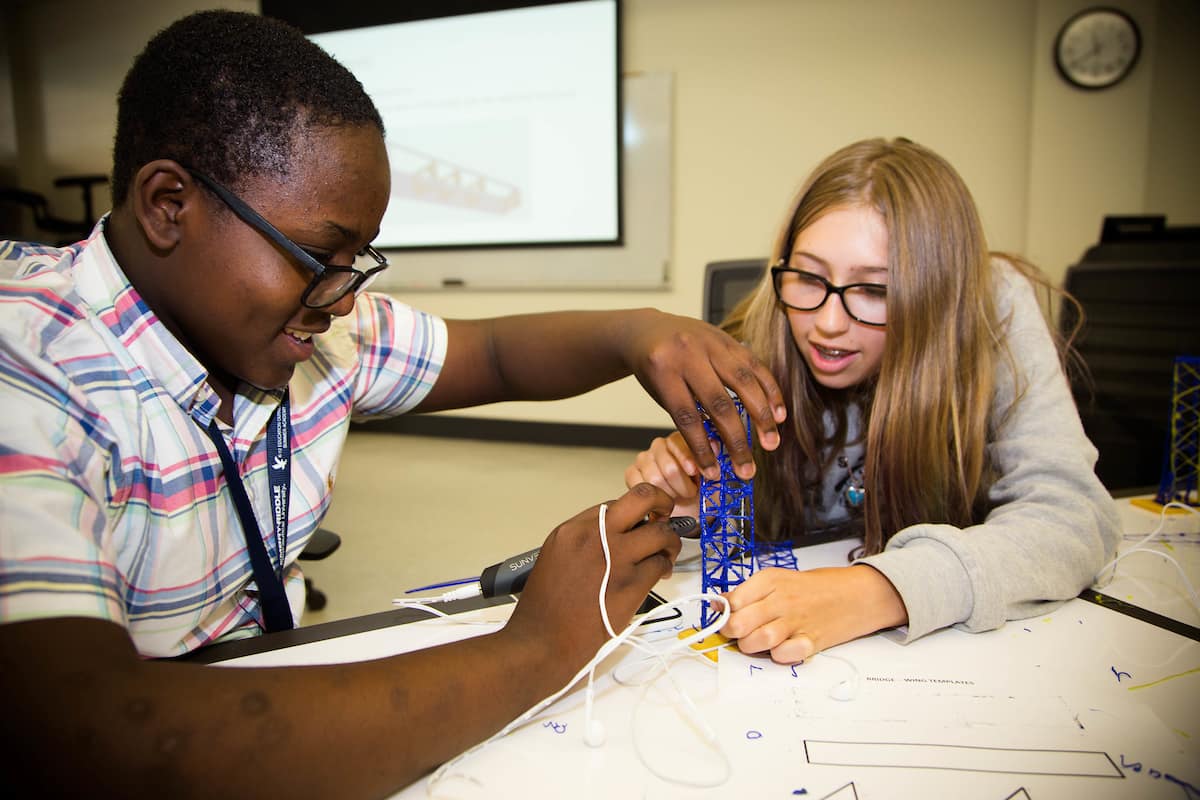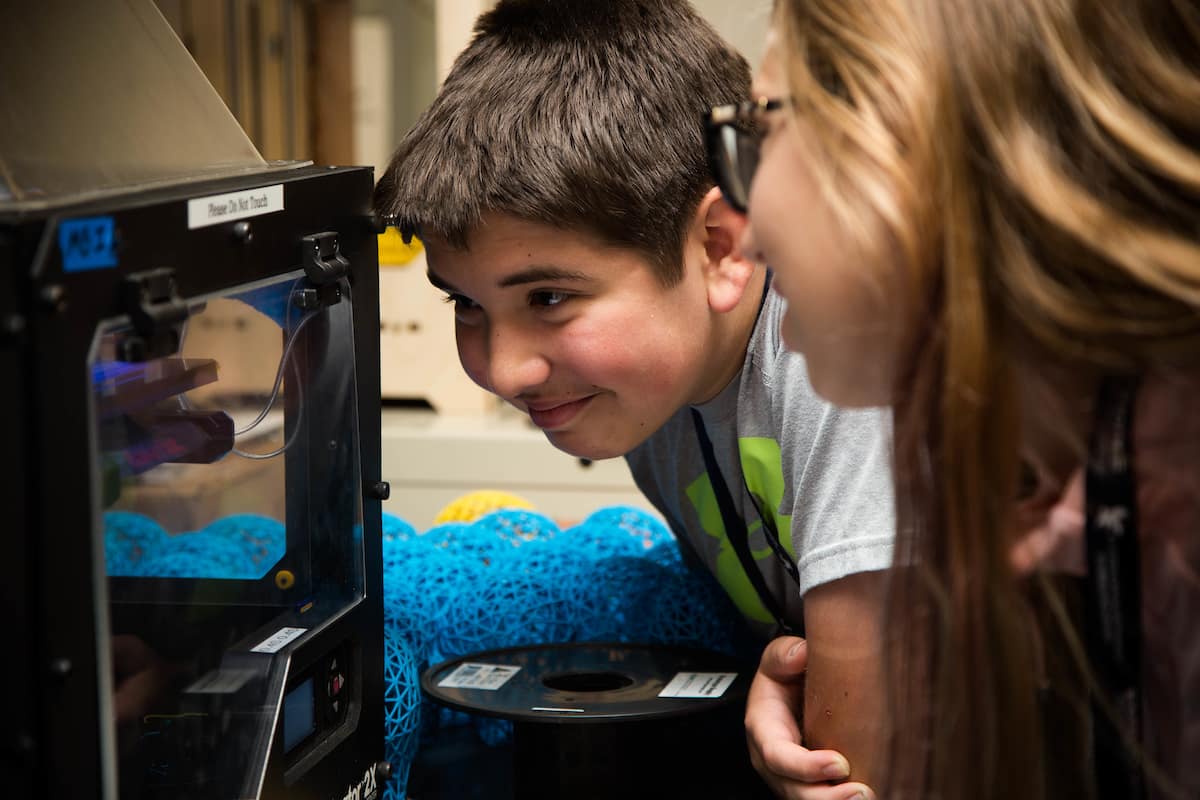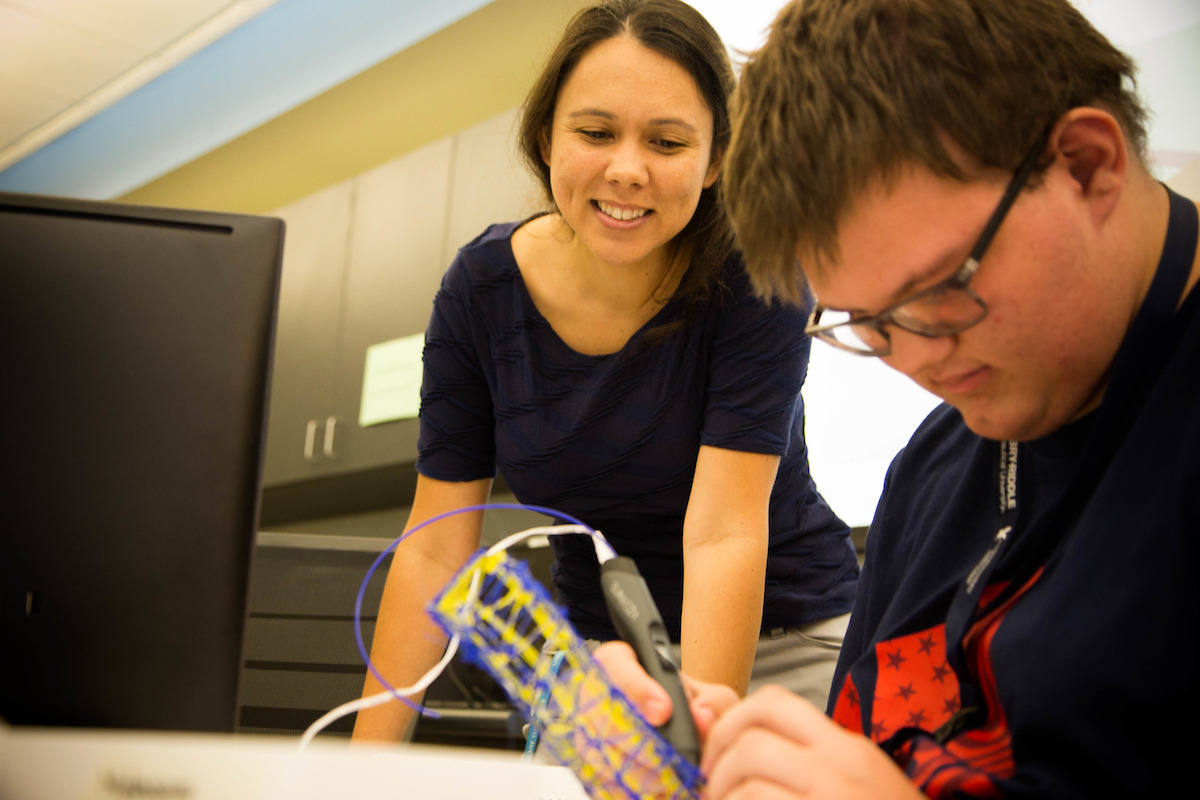New 3D Printing Camp Inspires Teens in STEM Fields



The technology of 3D printing is exploding across numerous industries from 3D-printed homes to healthcare devices and components used in space craft and aircraft.
Middle and high school students in a new Embry-Riddle Aeronautical University summer camp learned first-hand last week how 3D products are being created and used in everyday life.
The new 3D Printing Camp is just one of about 50 day and overnight camps at Embry-Riddle’s Daytona Beach and Prescott campuses this summer for children ages 5 to 18. The camps, which introduce students to various fields of STEM (Science, Technology, Engineering and Mathematics), range from robotics and aerospace engineering to computer coding and flight training.
The overnight camp was designed to give teens a basic immersion into the three-dimensional printing world. Students learned basic principles of engineering and 3-D modeling using Tinkercad and zSpace (virtual reality modeling). Along with a tour to 3D Material Technologies in DeLand, teens gained hands-on experience in Embry-Riddle’s advanced Makerspace Lab, including 3D Makerbot Replicator 2X printers, 3D pens, along with virtual reality headsets.
The program is developed and taught by alumni Juan Granizo and Cassandra Gribbins, who are visiting assistant professors with the Department of Engineering Fundamentals teaching various classes during the year to Embry-Riddle students.
“The potential of 3D printing is so broad. The whole idea is to teach the teens in the camp basic skills and once the camp is over they can go home and develop additional skills,” Granizo said. “We hope they will be inspired to consider a future in STEM.”
The technology of 3D printing is prevalent at Embry-Riddle, with some students having their own 3D printers in their dorms for student projects, Gribbins said. Mechanical engineering students working on this year’s Formula SAE car, used 3D CAD software to construct by hand parts of the vehicle while using a 3D printer for other parts. Embry-Riddle aerospace and mechanical engineering students also designed and 3D printed a small container that housed T-cells from mice that were exposed to microgravity aboard Blue Origin’s New Shepard Rocket in a sub–orbital flight last December.
Gribbins, who runs the Makerspace Lab, said the summer camp introduces teens to technology they may not have had the opportunity to use while also learning critical thinking and other skills.
“Instead of just drawing on a piece of paper or on the computer, they can now see their creativity come to life,” Gribbins said. “Through this camp, they begin to see how STEM is a part of their daily lives.”
Campers developed everything from key chains in the form of rockets and airplanes to constructing model-sized bridges, windmill propellers, cars and aircraft wings using both 3D printing and 3D pens, which uses a plastic filament instead of ink to make realistic objects. As part of the program, students were also given software so they can continue learning when they leave.
“I think 3D printing can change how manufacturing works all together,” said Xander Blunt, 16, of Panama City, who wants a career in designing aircraft.
Lily Lehr, 13, of Port Orange, and Akhenaten Mswia, 13, of Griffin, Georgia, said they enjoyed being able to design items on the computer and then hold them in their hands as three-dimensional objects.
Instructors Granizo and Gribbins hope the summer camp can be expanded in the future to three weeks and include more middle and elementary school students.
To learn more about Embry-Riddle’s summer camps, go to http://summercamps.erau.edu/camps/index.html.

 Deborah Circelli
Deborah Circelli